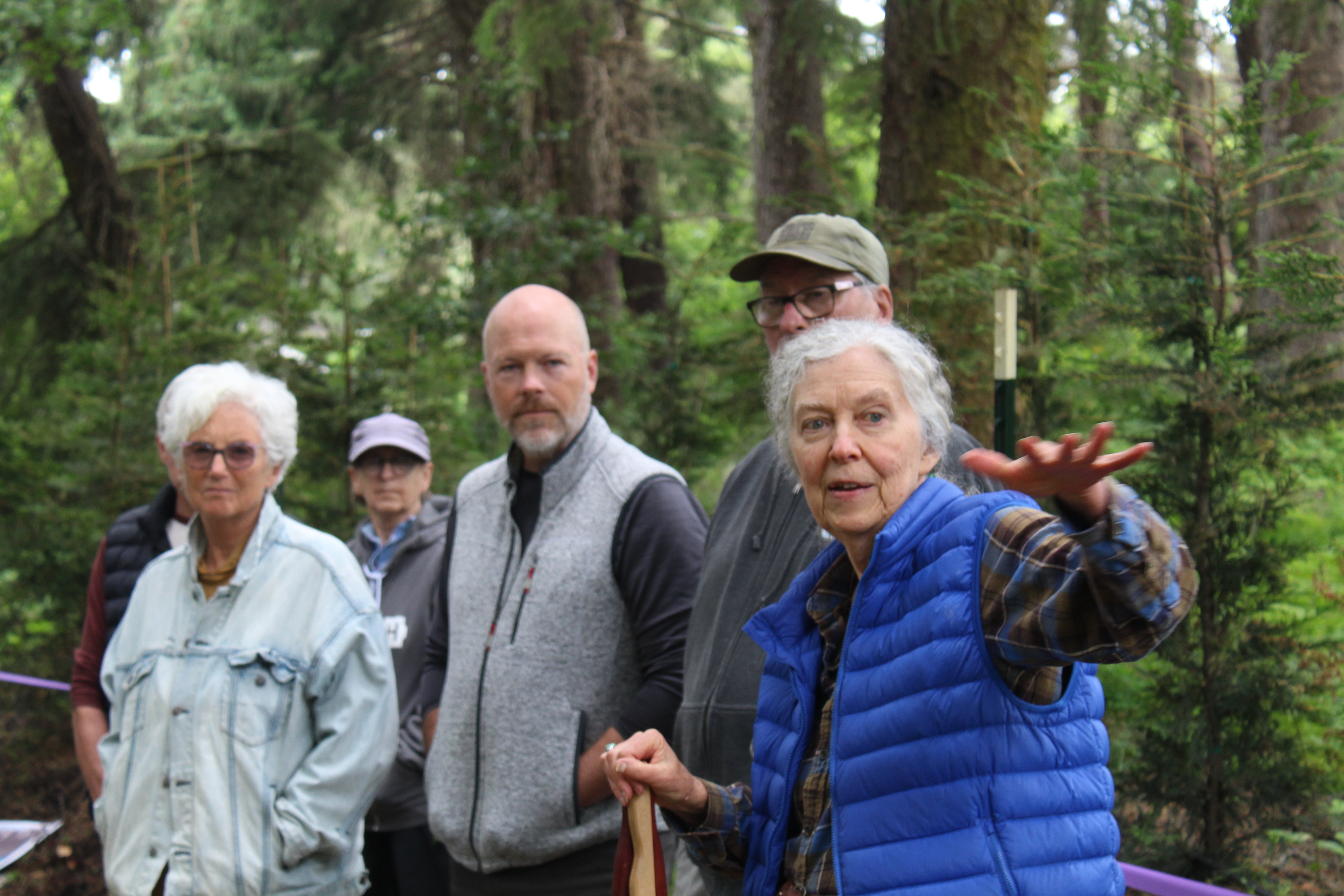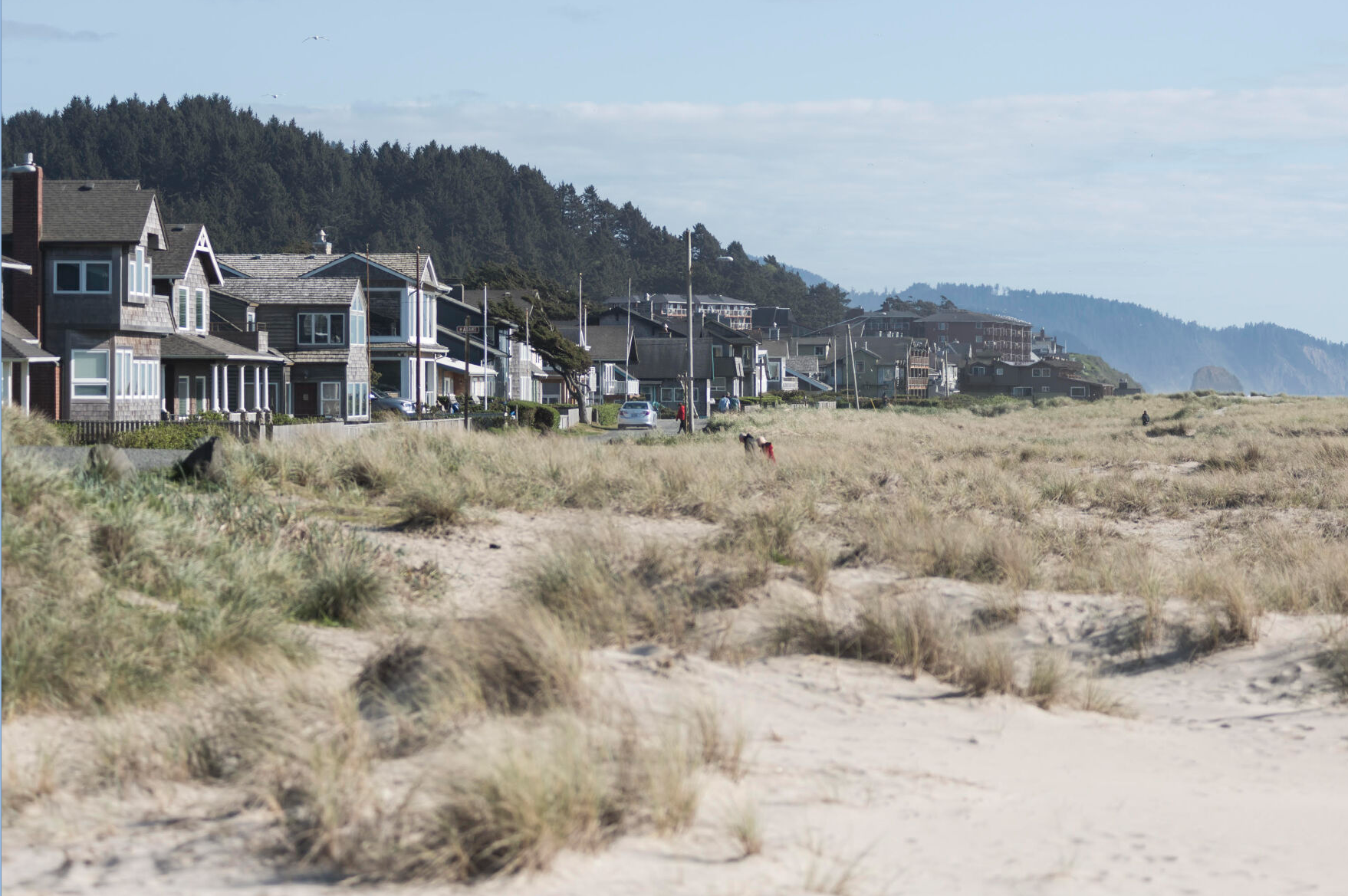Recycling for habitat restoration
Published 5:00 pm Tuesday, August 19, 2008
The thrum of a Boeing 107 helicopter and the belching of boots in waterlogged mud were the sounds of a habitat restoration project on Astoria’s Walluski River this week.
Trending
On Tuesday, workers with the nonprofit Columbia Land Trust stood in the muck surrounding a recently restored tidal channel as 52 donated logs leftover from the December storms were airlifted into the waterway.
After each delivery via chopper, workers on the ground secured the logs with pre-anchored cables to make sure the valuable wood doesn’t float away. Long before the logs arrived, the crew anchored the cables by driving metal stakes 10 feet underground with a jackhammer.
Because of the soggy terrain and the heft of the 20-foot tree trunks, it was actually cheaper for the Trust to pay $4,600 an hour, plus a $10,000 access fee, to rent a helicopter than to bring the logs in any other way, said stewardship manager Ian Sinks.
Trending
The log placement is a bold step forward in the organization’s effort to reverse the effects of diking and draining that made the 105-acre property suitable for grazing dairy cows in the early 1900s. The $80,000 job builds on two successful dike breaches that have invited the Walluski River back onto the site since 2005.
Sinks and his colleagues will be watching to see if their four-hour effort to deposit wood into the bare waterway will help restore the historic flows that supported salmon and other fish populations.
Turning back timeWith the help of the expert wood haulers at Columbia Helicopter, the 52 logs were placed strategically along the unnaturally flat streambed to help create nooks and crannies in the channel.
As the water flows around the wood, it will scour some of the surrounding soil and create pools where fish can find a safe haven from swift, shallow currents and predators. In some places where the channel currently dries out during low tide, the wood could create water deep enough for fish to remain at the site throughout the tidal cycle.
The wood will also improve conditions for plants and insects, eventually serving as nurse logs for larger vegetation and possibly – way down the line – a few spruce trees.
Originally the property was all marshland, Sinks said, but wood would have distributed itself in the tidal channels during high water events. As the land was transformed into pasture, it was cleared of woody debris and replanted.
“People wanted to use this for agriculture, and wood just gets in the way,” he said. “If you want to make it pasture, you want to get rid of the wood, you want to make it grass, you want to drain the water and make it dry, and you want to flatten it, so all of that was done.”
Through dike breaches and now log placements, the land trust is working to undo that work and return the property to a tidal wetland.
Speedy recoverySince the land trust bought the Walluski River property three years ago, the surrounding dike has been breached in two places, and water has flooded the pasture.
The first breach happened naturally in 2005, restoring a historic channel. The tides flowed in immediately, reviving remnant channels along 50 acres of the property.
The landowner didn’t want to pay to repair the dike to keep the land dry, so the land trust bought the property.
“We had an interest because this kind of tidal wetland has been lost so much in the estuary and in Youngs Bay in particular,” said Sinks. “It’s all been converted to other uses, and this one was pretty marginal in terms of agricultural productivity.”
To Columbia Land Trust’s delight, the property started restoring itself before any restoration work could even begin.
Invasive reed canary grass gave way to native plants including tules, bullrush, water plantain, arrowroot and burr reed. The native plants, in turn, drew waterfowl and wildlife to the property.
“In three years, this site is doing fantastically well,” said Sinks. “We’ve breached a number of dikes in the Columbia River estuary, and this is probably the best site we’ve seen vegetatively. It’s really converted itself back to native vegetation.”
Earlier this year, the Trust breached the dike in a second location, reactivating another channel historically used by fish.
Now the group hopes to study the two channels – one lined with the donated logs and one without any wood – to see how they differ.
Landowners donate logsThe Columbia Land Trust has had a lot of help completing the latest phase of the Walluski River restoration project. The North Coast Watershed Association collected the 52 logs from local landowners with funding from the Oregon Watershed Enhancement Board. The Lower Columbia River Estuary Partnership and the National Fish and Wildlife Foundation both contributed funds to help pay for the project planning and implementation.
Micah Russell, director of the Columbia River Estuary Study Taskforce, said when the watershed association stockpiled the storm-damaged wood earlier this year, no one knew exactly where it would end up. But with so much extra wood lying on the ground, it was a good time to solicit donations. The association removed the wood for free in exchange for the gift.
“A lot of landowners don’t necessarily have the equipment or the resources to get this wood hauled off,” Russell said. “And some of it is not really timber quality, so it’s not like they would get paid for it. The idea was to help them get it off their property. Many times it had fallen over their driveway or over their house or barn, and we thought we might as well put it to use in habitat.”
Students will pitch inTo find out if the log placement project has any affect on fish habitat, someone will need to monitor the Walluski River channel and test for the presence of fish.
Sinks is looking to Astoria High School science teacher Lee Cain and his next crop of students to help with some of the monitoring work.
So far, Columbia Land Trust employees have seen some juvenile salmon in the channel but haven’t done any testing to get specific numbers.
“We know they’re here, we just don’t have any sense of how many,” Sinks said.
Beyond just watching and testing the site, the land trust doesn’t have any more plans to change the channel, other than removing some weeds and planting native vegetation along the banks.
“We don’t want to be out here constantly trying to fight nature,” said Sinks. “We want nature to take over.”









